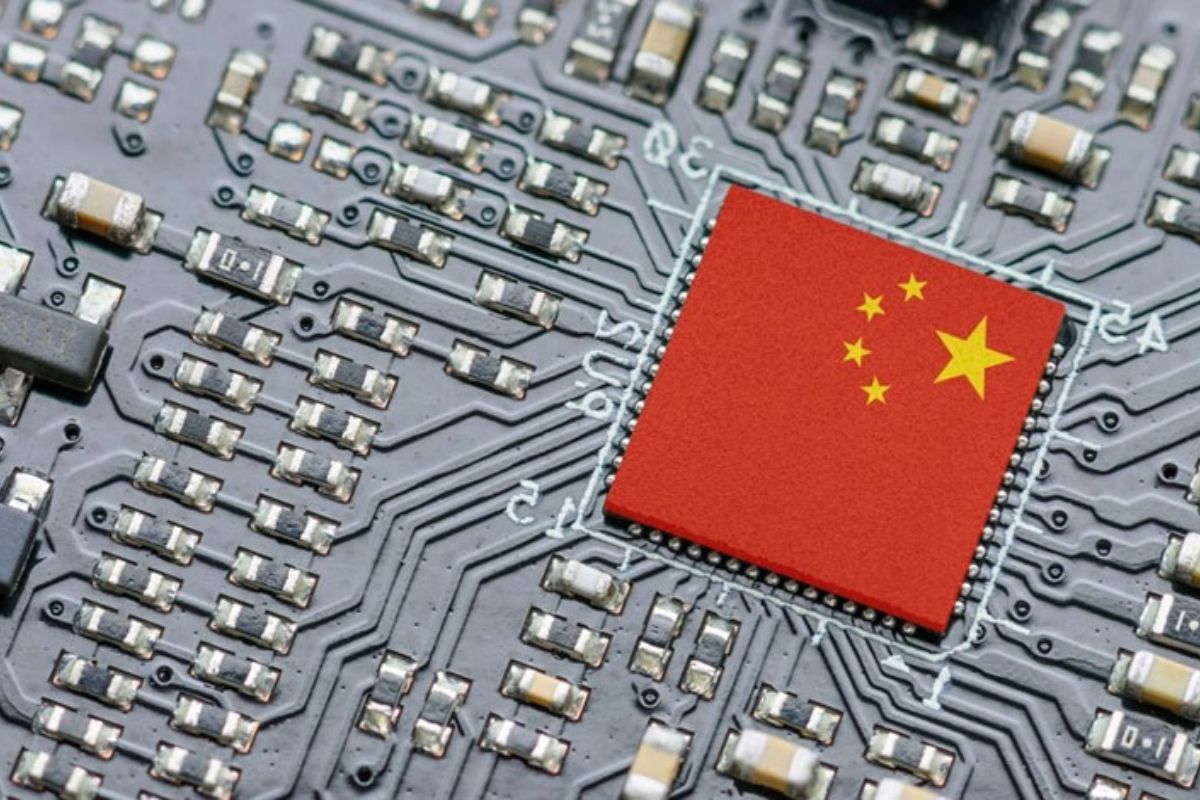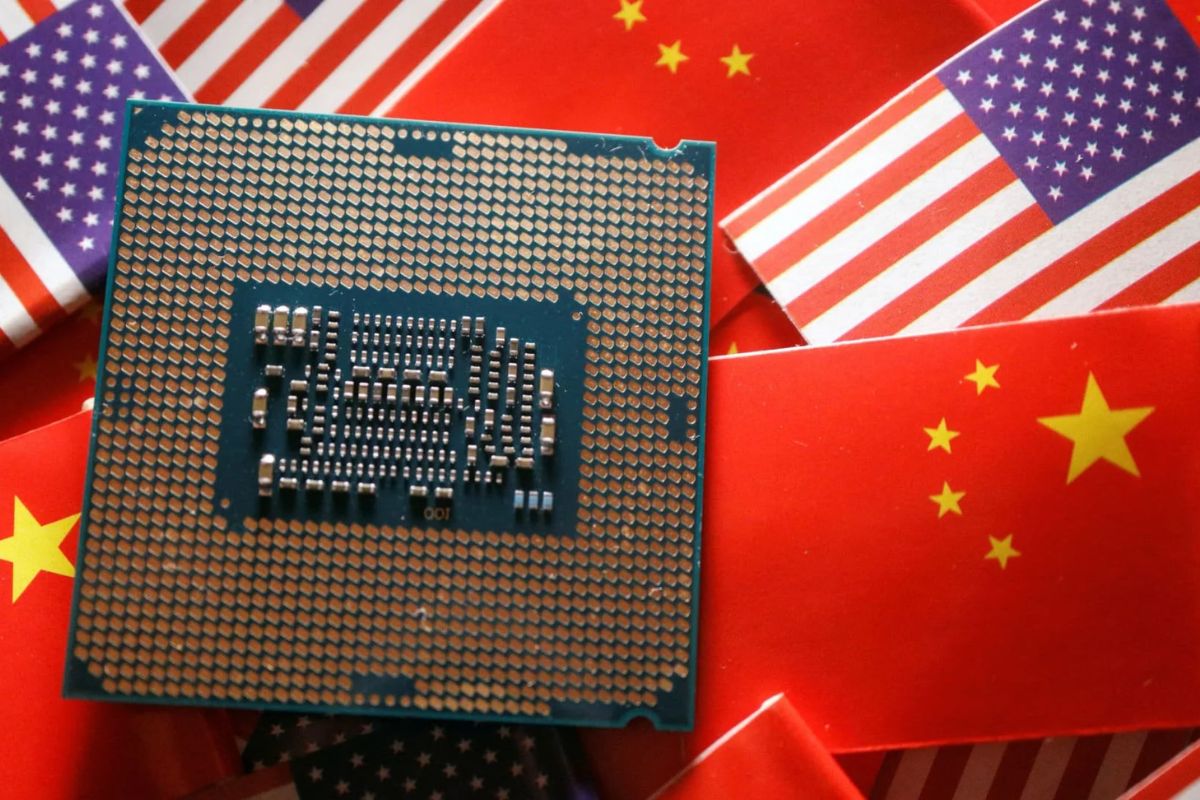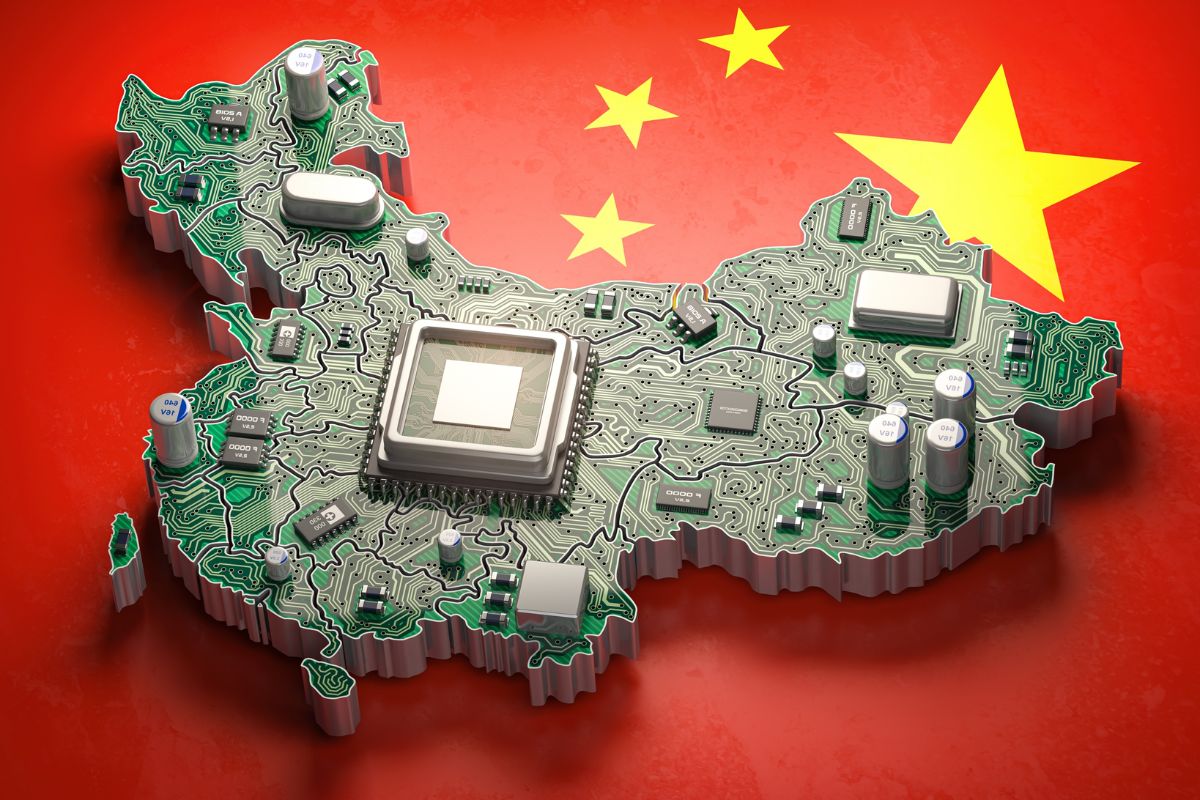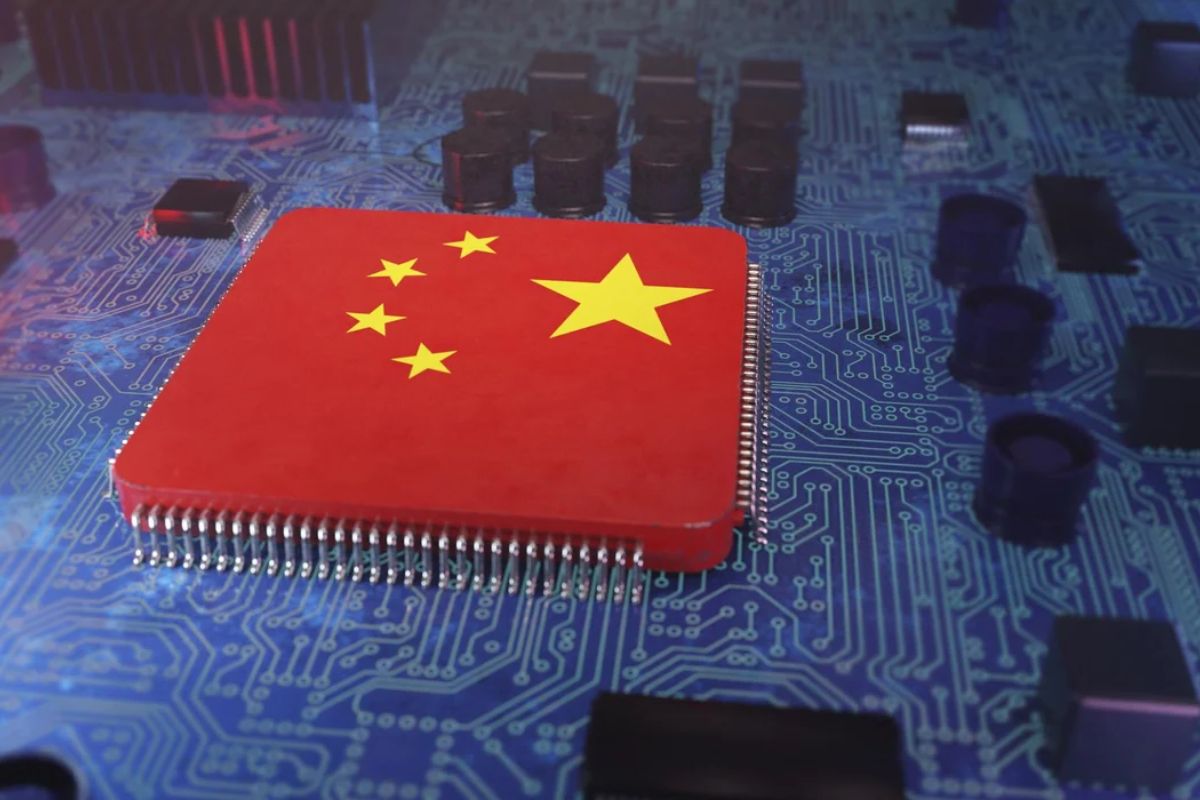China Invests in Open-Source: In the midst of escalating export controls imposed by the United States, China has made a bold and calculated move by placing its bet on open-source chip technology. As tensions between the two global powers continue to escalate, this strategic move not only highlights China’s determination to establish its technological independence but also signifies a potential disruption in the global chip industry.
With the emergence of RISC-V, an open-source instruction set architecture, China aims to develop its own chip ecosystem, reducing its dependence on American technology. This move has sparked curiosity and concern, as it holds the potential to reshape not only China’s technological landscape but also the global balance of power in the semiconductor industry.
Key Takeaways
- China’s investment in RISC-V demonstrates its commitment to establishing technological independence and sovereignty.
- RISC-V offers geopolitical neutrality, reducing China’s vulnerability to external pressure and sanctions from the US.
- RISC-V’s advancements in emerging technologies position it as a potential contender to the Western x86-Arm duopoly.
- The growing ecosystem and support for RISC-V in China help reduce the country’s reliance on foreign technology and suppliers.
Geopolitical Impetus and Investment in RISC-V
China’s strategic push to reshape the global chip market and reduce reliance on Western technology is exemplified by its significant investments in RISC-V, an open-source standard that offers geopolitical neutrality amid U.S. sanctions. This move showcases China’s determination to assert its technological sovereignty and reduce its vulnerability to external pressure.
Also Read: China Growth Crossroads: Navigating Challenges into 2024 and Beyond
By investing in RISC-V, China aims to break free from the dominance of Western chip technology, which has been increasingly subject to export controls by the United States. With RISC-V, China can develop its own chip designs and reduce its dependence on American technology.
This investment not only strengthens China’s position in the global chip market but also provides a platform for innovation and technological advancement. By embracing RISC-V, China is challenging the status quo and positioning itself as a major player in the global chip industry.
Breakthroughs and Applications in Emerging Technologies
As China continues to forge its path towards technological independence and reduce reliance on Western chip technology, the breakthroughs and applications of RISC-V in emerging technologies have become increasingly significant.
Recent advancements, often backed by government funding, have expanded RISC-V’s reach into self-driving cars, artificial intelligence, and data storage centers.
Despite representing a fraction of the chip market, China envisions RISC-V as a potential contender to the Western x86-Arm duopoly. The simplicity, customization options, and energy efficiency of RISC-V contribute to its appeal in these cutting-edge domains.
China’s strategic investment in RISC-V aligns with its ambitions to become a global leader in technological innovation. By embracing open-source chip technology, China aims to foster domestic expertise and reduce its reliance on foreign suppliers, ultimately shaping the future of emerging technologies.
RISC-V’s Advantages and Growing Ecosystem in China
With its compelling advantages and a rapidly growing ecosystem, RISC-V has emerged as a game-changer in the chip industry, particularly in China.
The appeal of RISC-V lies in its free-to-use nature, simpler design, and ability to foster energy-efficient chips. These advantages make it an attractive choice for users who value customization and flexibility.
China’s commitment to RISC-V is evident in its mature ecosystem, with over 10 billion chips shipped globally by 2022, half of which were produced in China. Furthermore, the significant funding of over $1.18 billion for RISC-V startups in China showcases the growing support and investment in this emerging architecture.
As China navigates escalating US export controls, RISC-V provides a strategic opportunity for the country to establish its own open-source chip ecosystem and reduce reliance on foreign technology.
Military and Corporate Interest in RISC-V
The increasing interest and investment from both military and corporate entities are driving the rapid adoption and development of RISC-V architecture in China.
The country’s military, through research institutes and universities linked to the People’s Liberation Army, has been actively exploring the potential of RISC-V. Notable breakthroughs include the development of an automotive MCU chip by Dongfeng Motor Corporation and the unveiling of the second generation of Xiangshan, a RISC-V high-performance PC chip, by the Chinese Academy of Sciences Institute of Computing Technology.
Furthermore, tech giants Alibaba and Huawei have recognized the significance of RISC-V, filing patents related to the architecture.
This surge in military and corporate interest underscores the growing importance of RISC-V in China, as it becomes a key player in the global chip industry.
Potential Disruption and Global Impact
RISC-V’s disruptive potential and global impact are becoming increasingly evident as China’s investment and breakthroughs in the open-source architecture position it as a formidable contender in shaping the future of the semiconductor industry. With its low cost, ease of customization, and energy efficiency, RISC-V has the potential to disrupt the dominance of x86 and Arm in the chip market. This is particularly significant as the demand for AI chips continues to grow.
As China invests significantly in RISC-V research and development, the open-source standard emerges as a potential disruptor in the global chip market. The geopolitical dimension, coupled with major breakthroughs and widespread Chinese investment, positions RISC-V as a key player in shaping the future of semiconductor technology.
- RISC-V’s low cost and ease of customization make it an attractive prospect in the chip market.
- Its energy efficiency is a significant advantage, particularly in the context of growing demand for AI chips.
- China’s substantial investment in RISC-V research and development indicates its confidence in the open-source standard’s disruptive potential.
- The geopolitical dimension adds complexity to the global impact of RISC-V, as it becomes a key player in shaping semiconductor technology.
Conclusion Of China Invests in Open-Source
The escalating US export controls have spurred China to invest heavily in open-source chip technology, particularly in the form of RISC-V. This move not only addresses China’s need for self-reliance in semiconductor technology but also presents an opportunity for the country to disrupt the global chip industry.
With its advantages and growing ecosystem, RISC-V has garnered interest from both military and corporate sectors in China. This development could potentially have far-reaching consequences, challenging the dominance of traditional chip architectures and reshaping the global technological landscape.
Our Reader’s Queries
Q1 What is the export control rule in China?
A The ECL has extensive scope, overseeing dual-use items applicable to both civil and military purposes, military arms and goods, nuclear items, and any other items essential for “safeguarding national security and interests.” Additionally, it explicitly mentions that “controlled items” encompass technical data.
Q2 Does China have export restrictions?
A The Export Control Law mandates the Chinese government to release sector-specific guidelines for export controls when deemed necessary. These guidelines aim to assist exporters in developing and enhancing their internal compliance programs, ensuring their operations align with applicable laws and regulations.
Q3 Why is China restricting exports?
A The imposition of export restrictions comes at a time when China is under scrutiny from various governments concerning its commercial and trade practices. Over the past year, the country has been engaged in a technological conflict with the United States and its European and Asian allies, particularly focused on access to advanced chips and chipmaking equipment.




